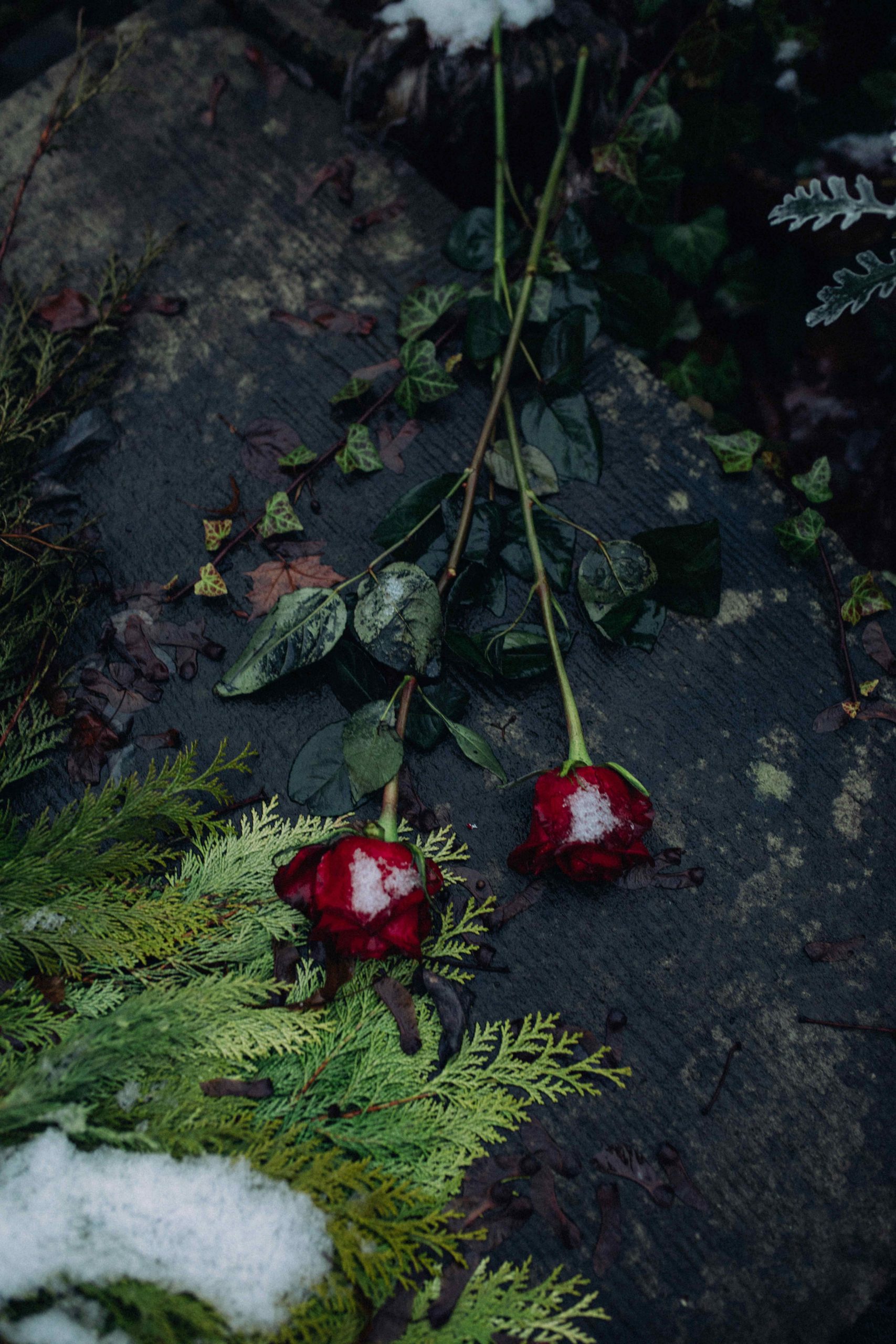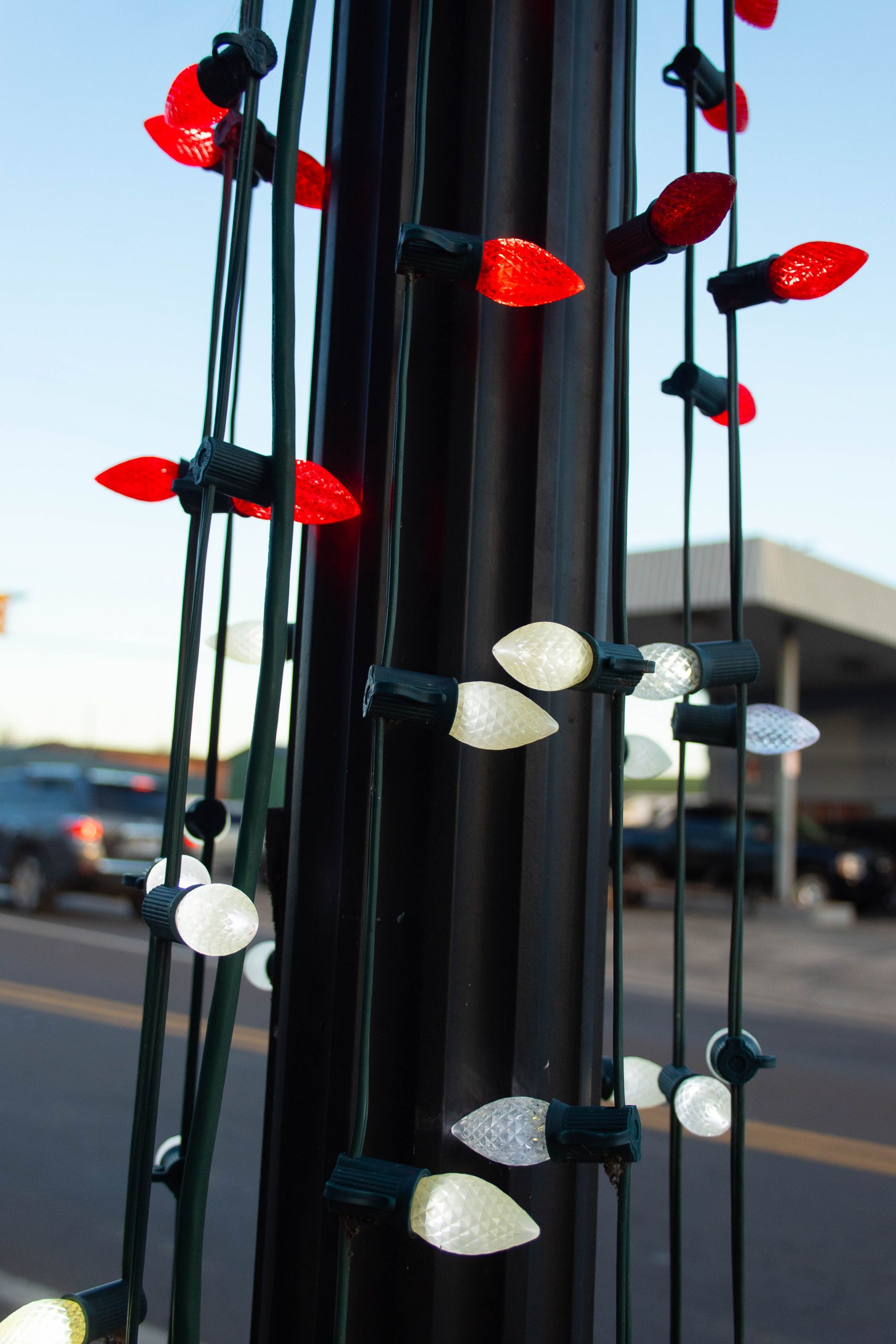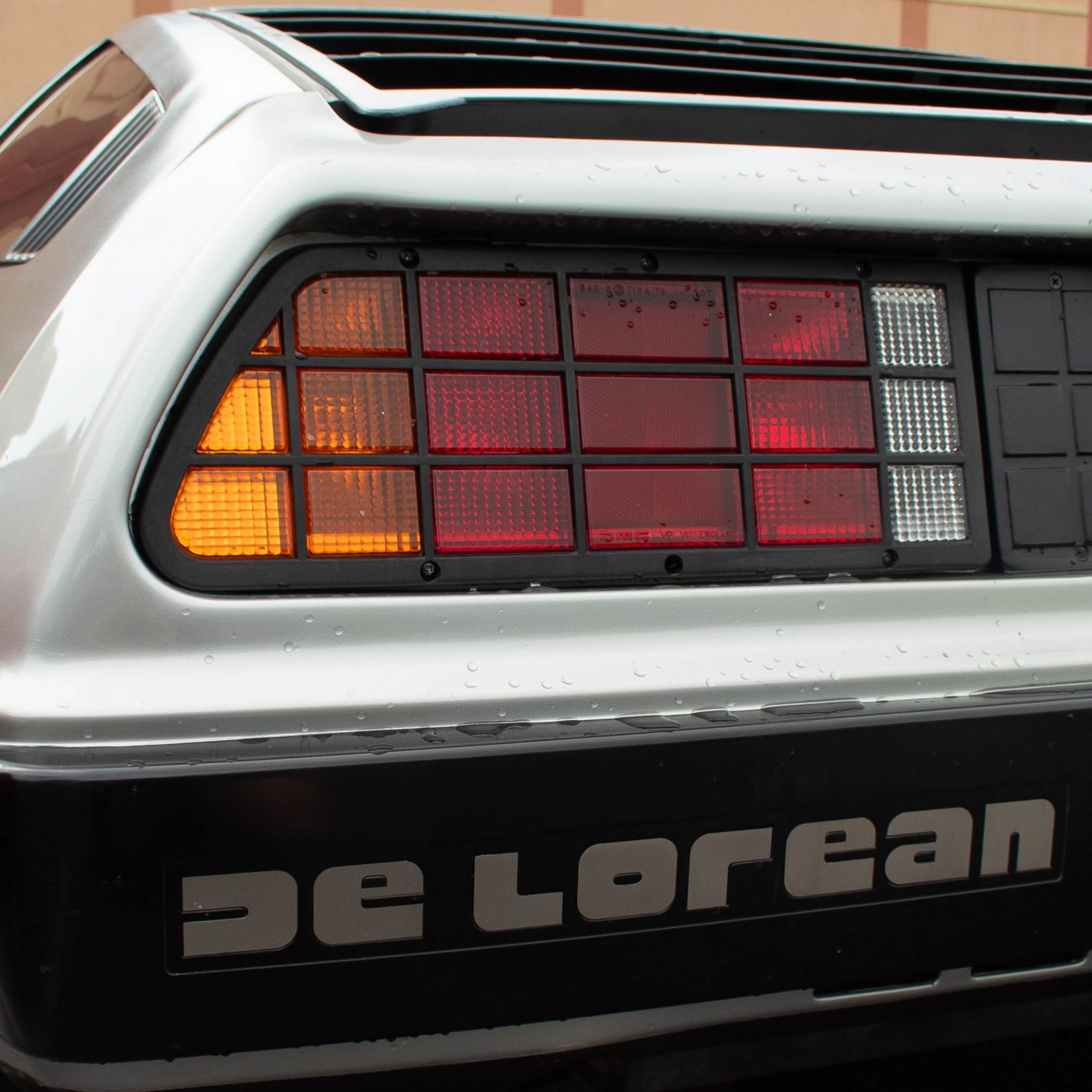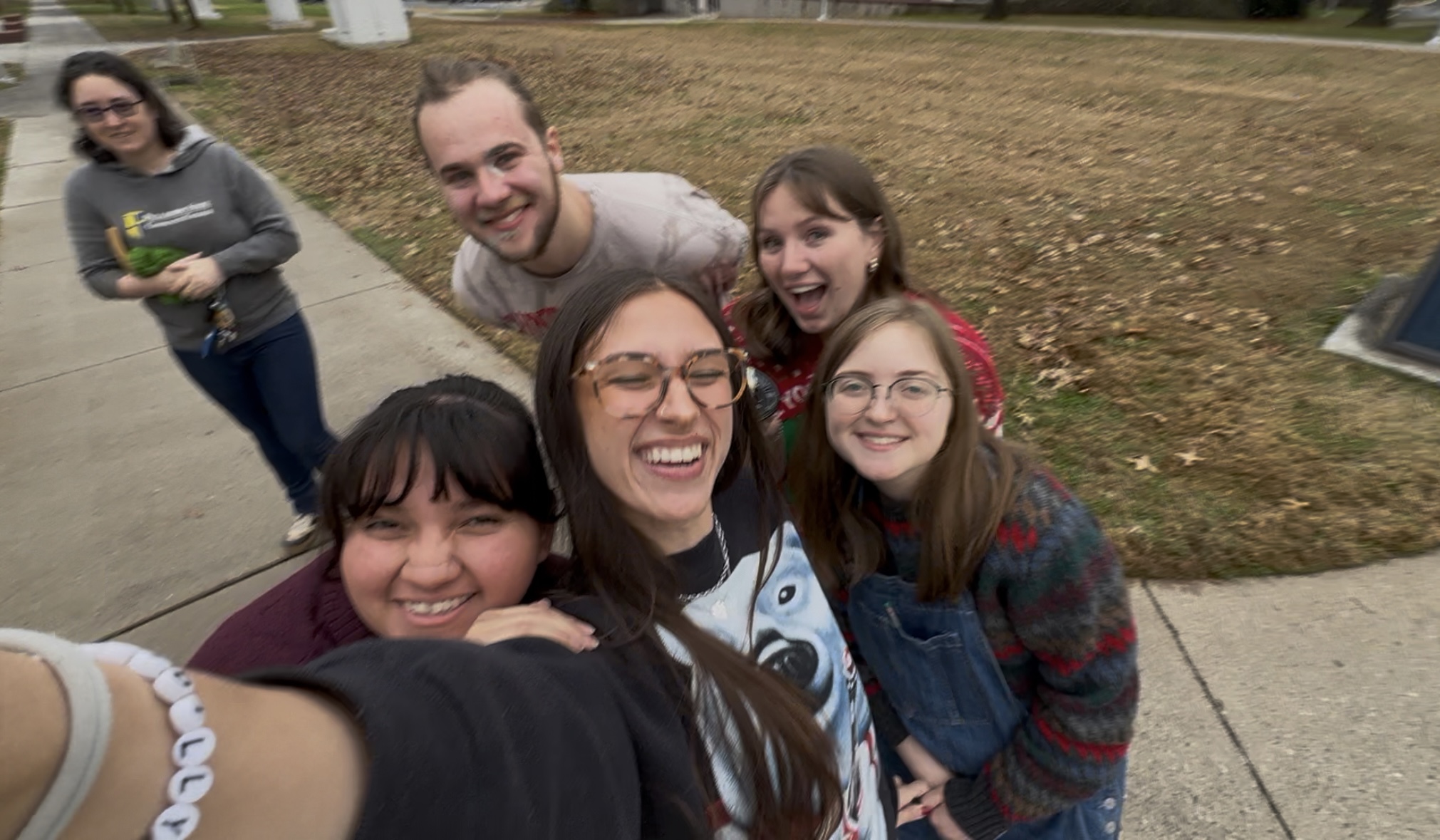By Danna Breaux, Edited by Patrick Dobyns, Editor
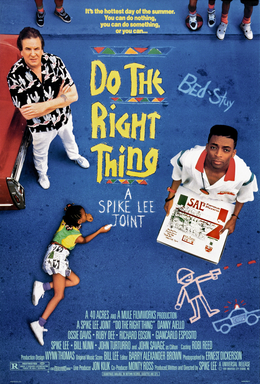
American filmgoers have missed a great deal by ignoring films made by Black artists. So often, we get every possible angle of stereotypes, but almost never do we see the true inner world of the African American experience and their rich lives and souls fully developed. We get small glimpses of the general culture, struggle, historical treatment, and need to fight the power, but what we miss are small interpersonal moments that illustrate what life is truly like. We have been missing humanity all along. We’ve been missing that not only for the Black community but with the native peoples and members of first nations, the trans community, the visibly and invisibly disabled, aging survivors of genocide, immigrants, the wrongly incarcerated and/or sentenced to death, and survivors of catastrophe—among many, many more. Three particular recommendations come to mind, as far as screen representation goes for the above list:
1. Doing the Right Thing
In Spike Lee’s 1989 film, he presents the small interpersonal moments I discussed to us in many scenes: the older men of the neighborhood trying to de-radicalize the younger generation, or even advocating against physical punishment for children; Sal trying to get to the bottom of his son Pino’s anger and taking things a step further, talking about how real friends behave and what really matters; the moments of connection between Mookie and Vito, and then the crushing disappointment and unrelenting endurance of dealing with the reality of how Pino relayed to Mookie that Black people with lived Black experiences were somehow not really Black because they were famous and desirable; the unrestrained joy in of the simple pleasure of playing in water on a the hottest day of the year, simply enjoying those around you in the moment; the interiors of the homes on this block in Brooklyn, with their colors and textures and meaningful little pieces here and there; the shocking moments of anger and pain visible in the eyes and faces of the crowd, as they processed the murder of Radio Raheem, grasping for where to place the blame.
2. Killers of the Flower Moon
Based on the book of the same name by David Grann, Martin Scorsese’s 2023 film is about a series of murders committed against members of the Osage Nation in 1920’s Oklahoma. It baffles me how we can just continue to forget about Native Americans and what has been, and continues to be done to them. I honestly believe getting to the root of all our problems as a nation means taking everything down to the fact that we are living out all our nation’s capitalist dreams and nightmares on stolen, scared ground—and those we stole it from are still here, relegated to reservations, many of which are on brutal landscapes that settlers decided they didn’t want. If we listen, they have plenty to say and show. Listening is the very least of what we owe them.
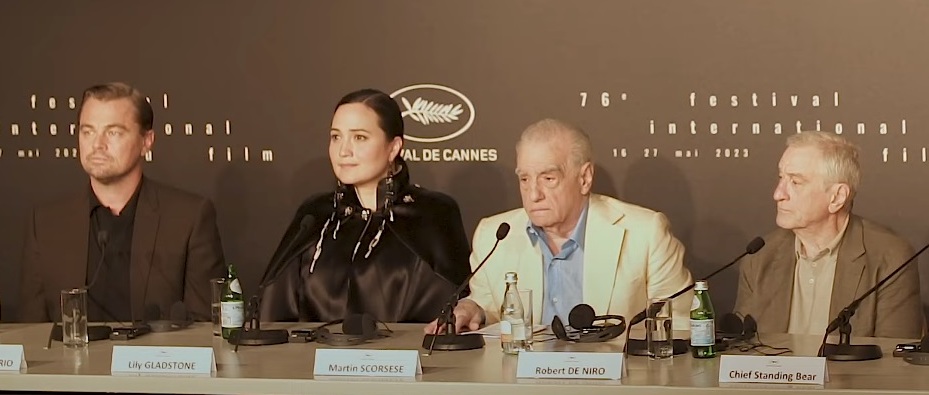
3. Pose
A fictional chronicle of the ball scene subculture of the New York City’s LGBTQ+ community in the 1980’s, Pose takes a particular look at the lives of several Black and Latino trans people. It should go without saying that trans people are people; they exist and have existed for as long as modern humans have existed. They don’t just exist in fabulous clothing, with makeup on just so to get those cheekbones snatched to the heavens. They also live quiet lives, in the shadows and on the fringes, and those lives are continually threatened. Again, the very least we can do is let them tell us their stories.
Maybe things would be different for me if I were a part of either of these communities. There would be immense hardship at the hands of the society around me on top of the daily hardships faced by just surviving being human. I might not have the opportunity to get the education I want or find that it’s no longer safe enough to stay in an educational institution. I may not have the opportunity to love whom I choose. I may not have the opportunity to ever understand I am enough and am worthy of love, fulfillment, happiness, community, and acceptance, just as I am. I might always be looked at as less than enough, or even less than human. I might never know mental rest and a quiet, calm mind because I may be in a constant state of enduring at the hands of others of my very same race—the human race—that have built dogmatic constructs and socio-economic constructs and any number of other wildly misguided constructs that put and keep me in my place, beneath their success.
We have so much knowledge, access, and technology in our lives today. At this point in time, Hollywood certainly has built up their banks with more than enough money to offer multitudes of films that accurately represent Black and other marginalized communities; yet here we are, discussing how and why we might one day see these representations on big screens. The challenge faced in putting more representation of non-white communities in film is the result of the fear those in power have of losing even an ounce of control.
We need to see so much of this change, but the reality is that we are currently in the midst of a war against representation. Part of the answer is for all artists, from those in the upper echelons of the top studios to those who can’t even afford a camera, to keep pushing as much representation in every aspect of filmmaking as possible. That is how we change our society: one step at a time.


